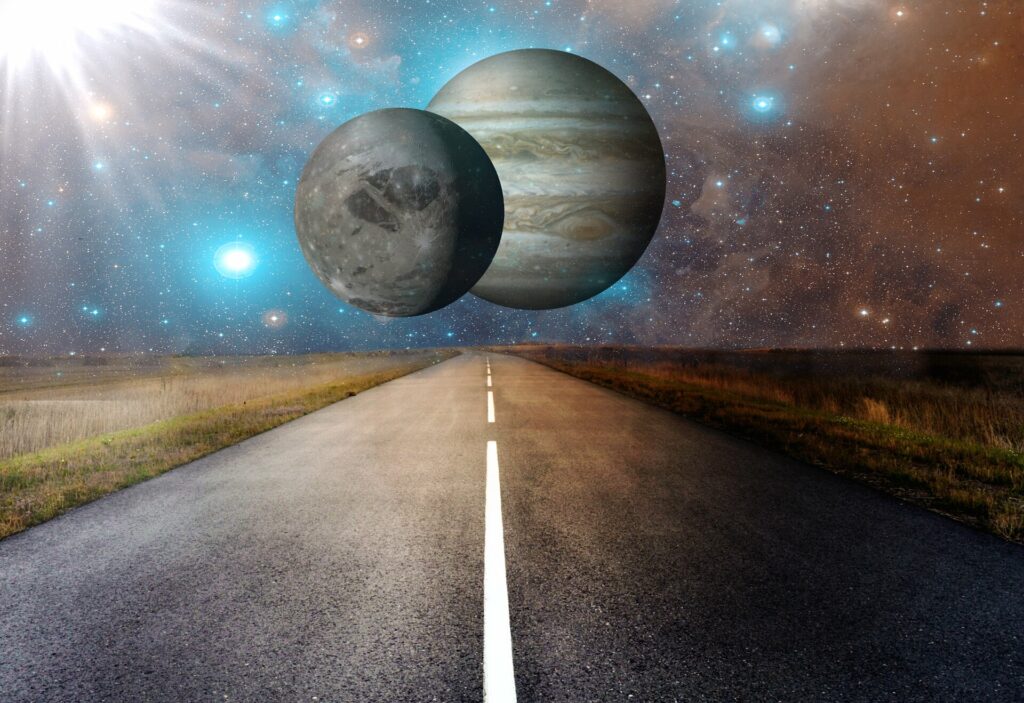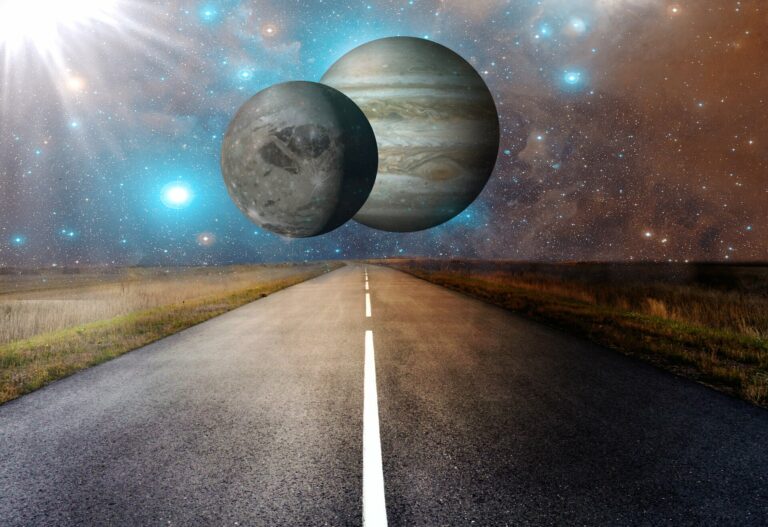Astrophysicists Release Kepler Giant Planet Search as a Tool to ‘Identify Potential Habitable Zones’
Led by Lauren Weiss, assistant professor in the Department of Physics and Astronomy at the University of Notre Dame, a team of astrophysicists has compiled the inaugural catalog of small, Earth-like planets accompanied by Jupiter-like siblings—planets that share the same star.
This catalog, known as the Kepler Giant Planet Search, is a crucial advancement in the quest to identify potential life beyond our solar system and will be featured in an upcoming publication in The Astrophysical Journal. The exhaustive decade-long effort involved data collection from the W. M. Keck Observatory on Mauna Kea in Waimea, Hawaii, and revealed valuable insights into the diversity of planetary systems. Describing the significance of the catalog, Weiss remarked,
“This catalog is the first of its kind and an unprecedented opportunity to explore the diversity of planetary systems that are out there with things that are like the solar system, but not exactly the solar system, and it gives us a chance to rewrite the story of how the planets form.”
The primary focus of Weiss’s research over the past decade has been to determine which of the other small planets resembling Earth have Jupiter siblings, a characteristic that could hold importance in the search for life beyond our planet. Previous studies have identified Jupiter as a crucial factor for life on Earth, as it played a role in delivering essential materials, such as water, to our planet during its formation.
The team’s findings, based on nearly 3,000 radial velocities recorded from 63 sun-like stars hosting 157 known small planets, include 13 Jupiter-like planets, eight planets approaching the size of Neptune, and three companion stars. This comprehensive catalog provides valuable insights into planetary formation and enhances our understanding of potentially habitable systems in the cosmos.

Interestingly, the quest to locate large, gas-filled giant planets beyond our solar system presents unique challenges due to limitations in common detection methods. While the Kepler space telescope was highly effective in identifying small exoplanets near their stars using the transit method—observing the slight dimming of a star as a planet passes in front of it—this approach is less practical for gas giants situated farther from their stars.
Gas giants, such as Jupiter, have more extended orbital periods and often exhibit slightly tilted orbits, making the regularity and prominence of brightness dips less observable. Lauren Weiss and her team employed the radial velocity method, utilizing Doppler spectroscopy to detect the gravitational influence of large, orbiting planets on their host stars. By measuring the star’s “wobble” caused by the planet’s gravitational pull, the researchers achieved successful detection. Weiss explained, “Jupiters are large and they pull a lot on the stars we can measure.
We can find them if we take many, many measurements over time, which is exactly what I had to do.” This involved observing the Doppler shift of the star’s light waves over a minimum of 10 nights, and in some cases, up to hundreds of nights, for each star in the sample. Despite the excitement surrounding the discovery of Jupiter-like planets, the true value lies in the catalog of Earth-and-Jupiter-like planetary systems that will benefit astronomers in the future.
This catalog, including the primary paper in the Kepler Giant Planet Search, will serve as a foundation for future research exploring architectural patterns in planetary systems, the efficacy of planet detection methods, and the coexistence of giant and small transiting planets. Weiss expressed her enthusiasm, particularly about the potential to revisit the story of Earth’s formation. With a more comprehensive understanding of various planetary systems, astronomers are poised to uncover patterns, make new discoveries, and embark on intriguing possibilities in the exploration of our cosmic origins.
This article is republished from PhysORG under a Creative Commons license. Read the original article.
Do not forget to share your opinion with us to provide you with the best posts !





0 Comments